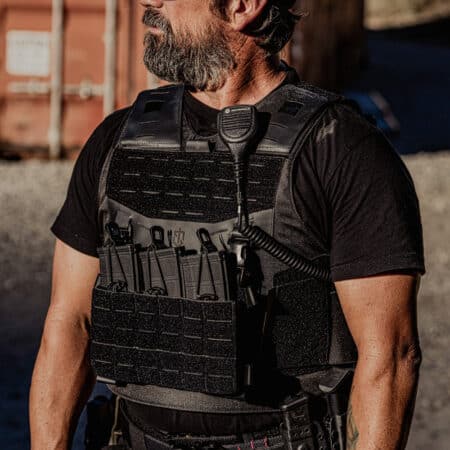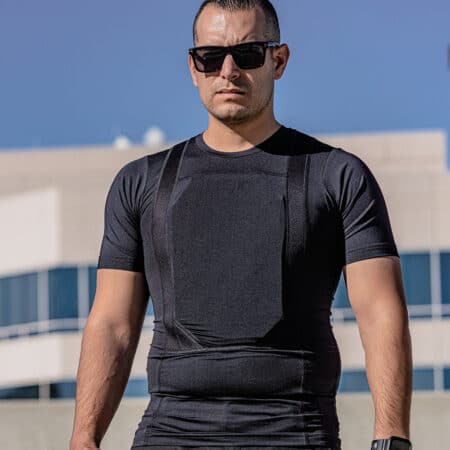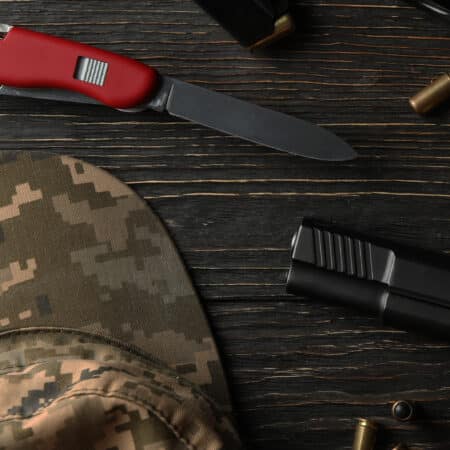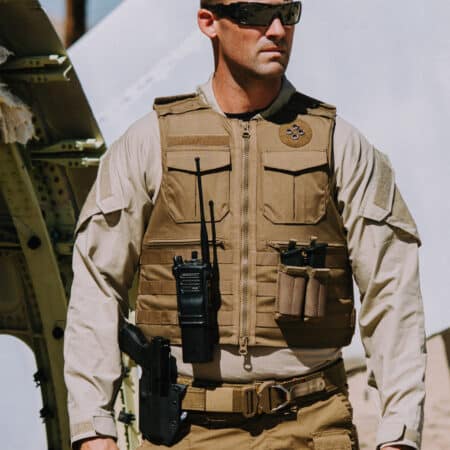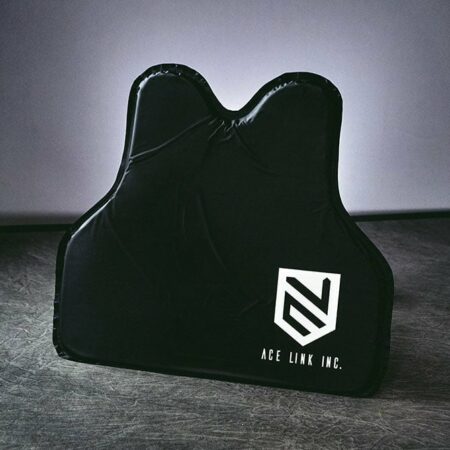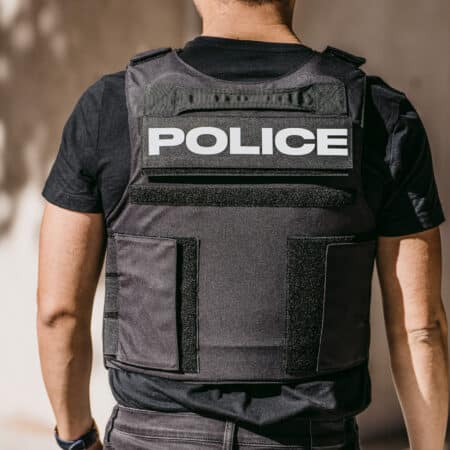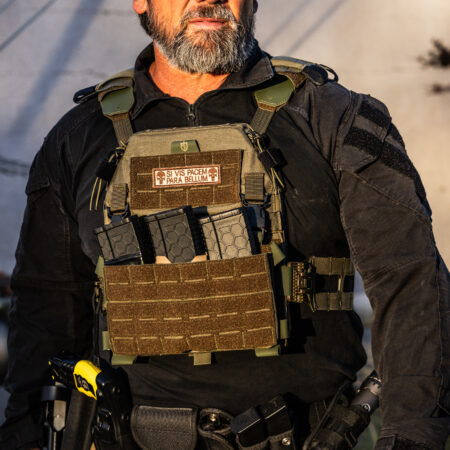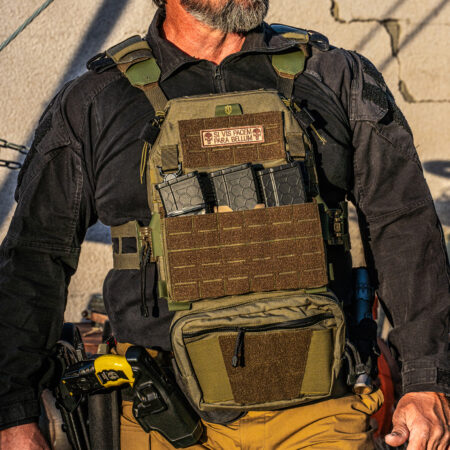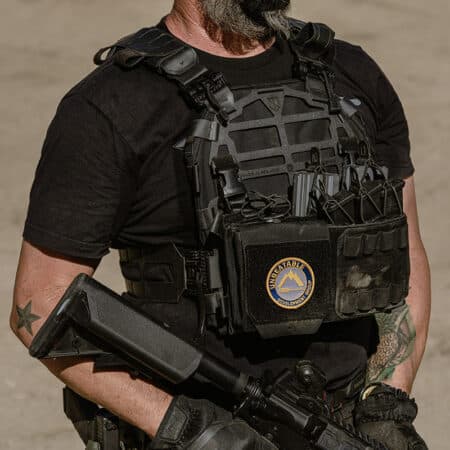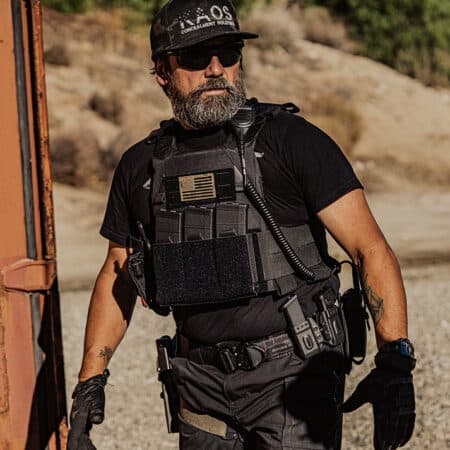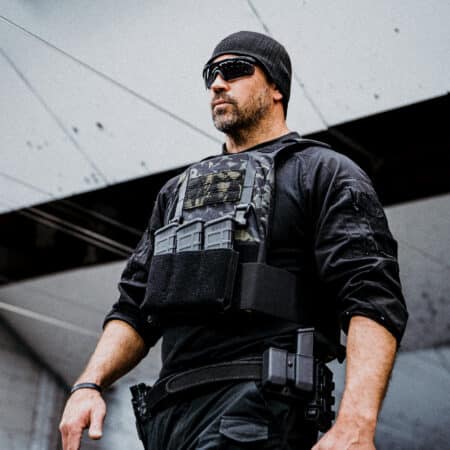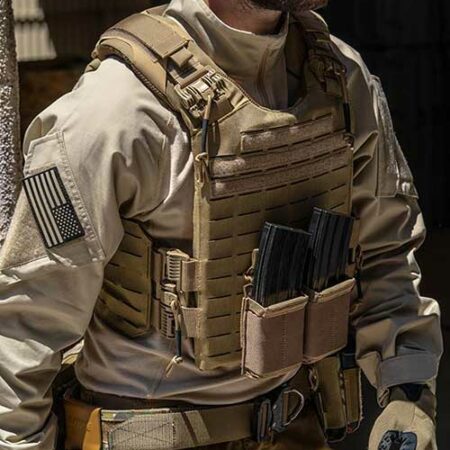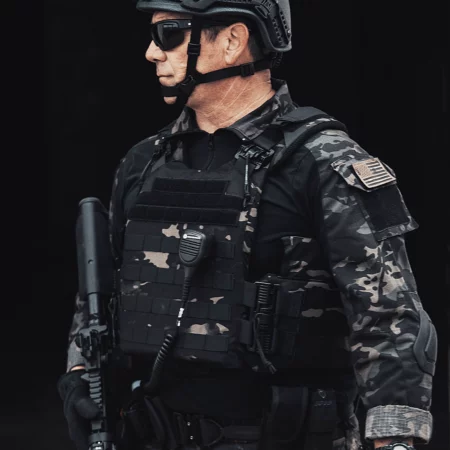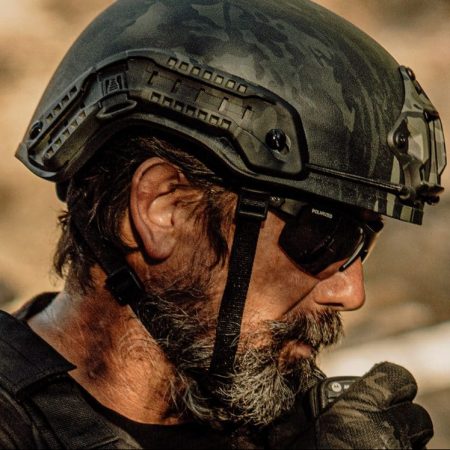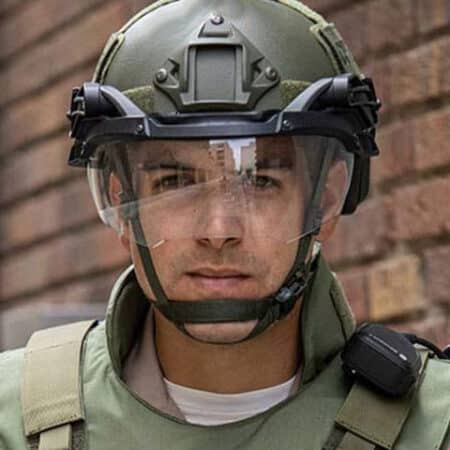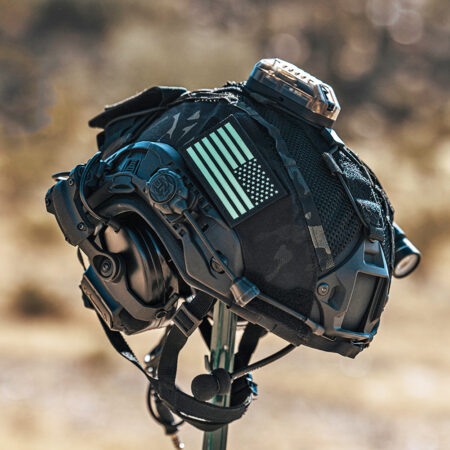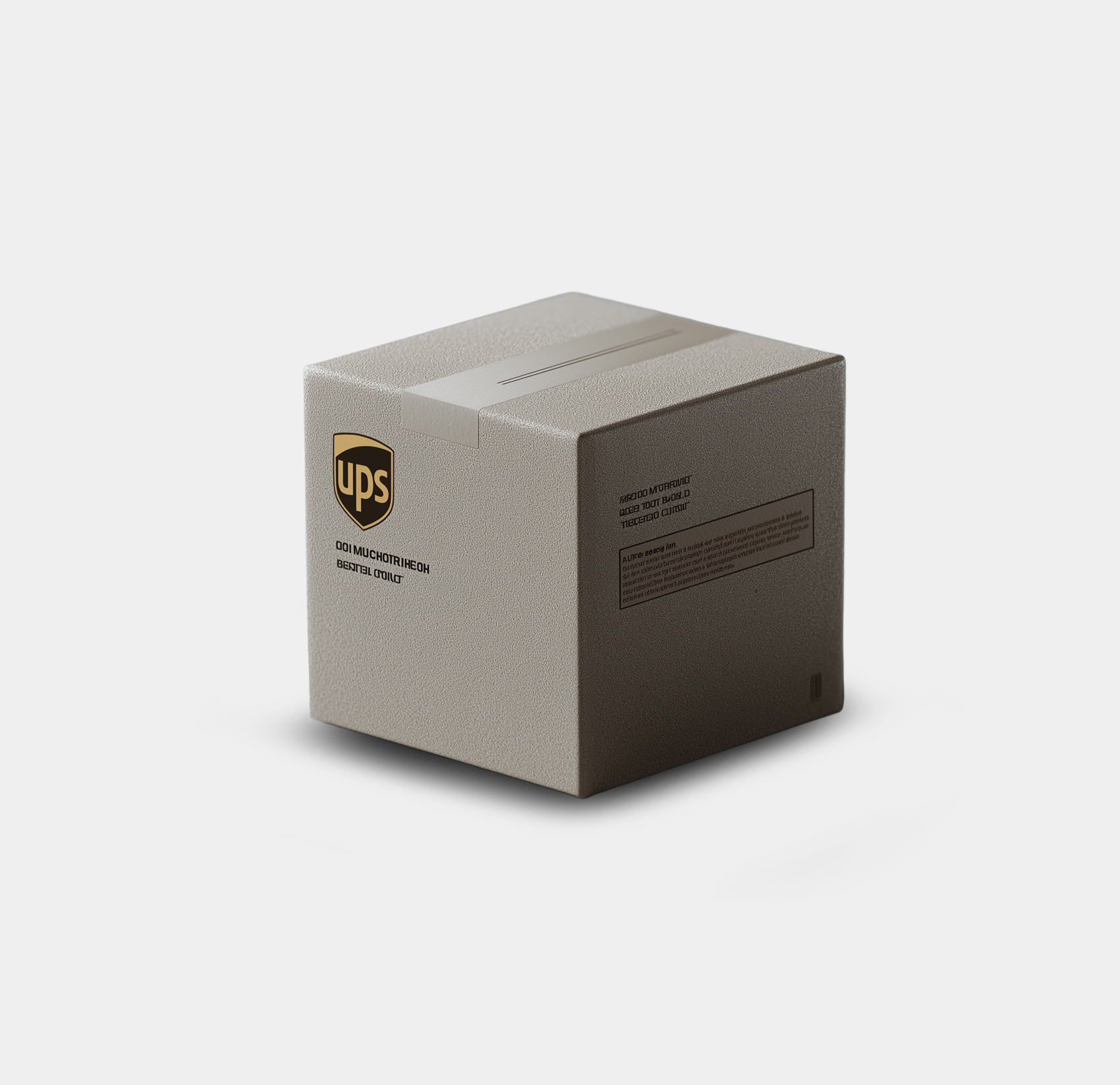Ballistic helmets are an essential part of any combatants tactical gear. Apart from stopping bullets, Ballistic helmets protect wearers against a wide range of threats, including fragmentation, and blunt force trauma.
In fact, the primary purpose of ballistic helmets is to protect soldiers against fragmentation. So, in today’s post, we will talk about Ballistic Fragmentation. We’ll discuss how it is one of the scariest threats on the battlefield, and how ballistic helmets can keep you safe from it.
Understanding Fragmentation Protection:
Fragmentation refers to the small, high-velocity pieces of debris that are generated during explosions, such as those from grenades, artillery shells, or improvised explosive devices (IEDs). These fragments can travel at speeds exceeding 2,000 feet per second and possess the kinetic energy to penetrate unprotected flesh and bone, causing severe injuries or even fatalities.
Additionally, In modern combat, the likelihood of encountering fragmentation is significantly higher than direct gunfire. Explosive devices, mortar shells, IEDs and grenades are common threats on the battlefield, making fragmentation protection essential for survival.
Therefore, On the modern battlefield, where asymmetric warfare has taken over military doctrines, Ballistic helmets are as important as ever.
Fragmentation Protection Standards:
Most ballistic helmets available on the market will come with a protection level of STANAG 2920 V50 at 2150 ft/sec. So, lets explain this standard so that you can understand what it means.
When discussing ballistic helmets, especially in the context of standards like STANAG 2920, it’s essential to understand how these standards measure and define the level of protection the helmet offers.
What is STANAG 2920?
STANAG 2920 is a NATO standard used to measure the ballistic protection levels of materials, particularly in terms of their ability to stop fragments from explosions, shrapnel, and other high-velocity projectiles. The standard defines the V50 value, which is a key metric in ballistic testing.
What is V50?
V50 is the velocity at which a projectile (in this case, a fragment) has a 50% probability of penetrating the material being tested. In simpler terms, at the V50 velocity, half of the projectiles are expected to penetrate the helmet, and half are expected to be stopped by it. This is a statistical measure used to establish the protective capability of the helmet.
STANAG 2920 V50 at 2150 ft/sec
When you say that a ballistic helmet offers STANAG 2920 V50 protection at 2150 ft/sec, it means that the helmet has been tested and demonstrated to stop fragments traveling at a velocity of up to 2150 feet per second (approximately 655 meters per second) with a 50% probability of non-penetration. This is a high level of protection, indicating that the helmet is capable of defending the wearer against fast-moving fragments from explosions or shrapnel at this specified speed.
Ballistic Helmets Save Lives:
Ballistic helmets have saved the lives of soldiers and law enforcement officials loads of times, especially when it comes to fragmentation protection.
In Iraq and Afghanistan, one of the most deadly threats that soldiers had to deal with were IED explosions. There have been countless incidents where soldiers encountered these explosions while on patrol, and were saved because of their Ballistic Helmets.
Combat engineers, or bomb disposal units that deal with these IEDs also use Ballistic helmets, along with full bomb suits. However, their helmets have Ballistic visors, and face shields as well for complete coverage and protection.
The Impact of ballistic helmets on the Modern Battlefield:
Above all, Ballistic Helmets significantly improve your survivability on the battlefield. Helmets capable of withstanding high-velocity fragments reduce the number of casualties and allow soldiers to remain operational even in hostile conditions.
Moreover, they instill confidence in military personnel, and give them a psychological edge in the high-stress environment of Modern Combat. This allows soldiers to be more operationally efficient, and gives them the confidence to employ more aggressive tactics, without worrying about Fragmentation.
You see, on the battlefield, you more or less have an idea about where you are being shot at from. However, Fragmentation is indiscriminate when it comes to targets. Explosions send fragmentation in every direction, and you never know where a high velocity piece of shrapnel may come from.
Understanding the Limitations of Ballistic helmets:
Ballistic Helmets can stop bullets and save lives, but keep in mind that they aren’t completely bulletproof. Most bulletproof helmets available on the market only offer protection upto level IIIA, which means that they can only stop pistol calibers. Most rifle calibers can easily penetrate these helmets, especially at close range.
So, why is it that Helmets don’t offer more protection? Well, even if you could make a helmet that can stop rifle rounds, it will probably be very heavy. Additionally, when a bullet strikes a helmet, all that force has to go somewhere, even if the bullet doesn’t penetrate. Well, the force of a heavy rifle caliber hitting your helmet is more than enough to seriously injure your neck and perhaps even kill you even without penetration.
This is why most Ballistic Helmets are designed to be lightweight, and they are geared towards fragmentation protection more than stopping rifle rounds. Still, there have been multiple incidents with the ballistic helmets used by the US army that have stopped intermediate rifle calibers like AK-47 rounds. However, in those incidents, the soldiers were shot at from quite a distance, and the bullets had dissipated a lot of their energy when they impacted their helmets.
Conclusion:
Therefore, it is important to understand that the primary purpose of a ballistic helmet isn’t to top bullets. They are supposed to offer protection against Fragmentation, which is one of the leading causes of injuries and deaths on the battlefield.





